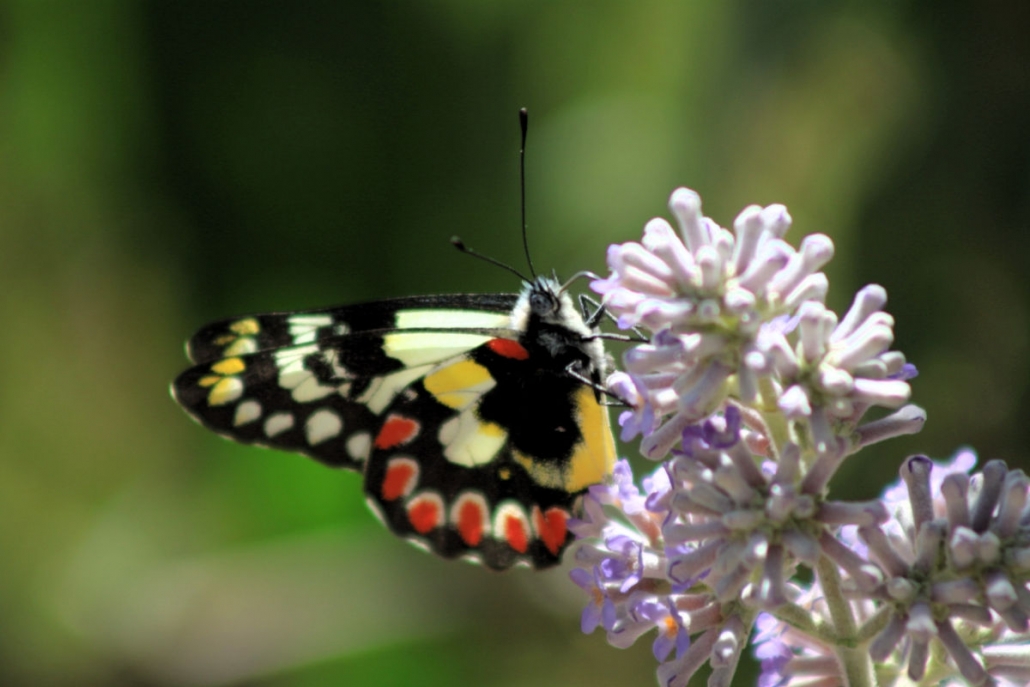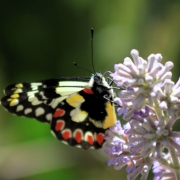How much do you know about what happens in your own backyard?
Do you know which native bee, butterfly, wasp, fly, moth, beetle, thrip and ant species frequent your garden to pollinate flowers, fruit and vegetables? There are over two thousand of these insects in Australia but relatively little is known about their distribution, populations, interactions or their pollination habits.

Filling the gaps in our understanding of the ecology of these insects, and how this changes over time, has important implications, not only for their conservation, but also for our food supply as many are thought to contribute to pollination of crops and gardens.
A national citizen science project is addressing this knowledge gap. The Wild Pollinator Count, an evidence-based independent project, aims to count Australia’s wild pollinators and learn more about what is happening to them. Everyone is encouraged to get involved, discover which pollinators live in your local environment and contribute to research which will help scientists build a database on wild pollinator activity.
The autumn 2020 Wild Pollinator Count starts this Sunday, 12 April and runs until the following Sunday, 19 April.
The project was started by a couple of researchers and educators with a passion to learn more about our wild pollinators. For Dr Manu Saunders, an ecologist at the University of New England, and Karen Retra, native bee naturalist, beekeeper and permaculture teacher, it is a labour of love. They run the project in their own time and with no funding, simply to learn more about our wild insect pollinators, contribute to their conservation and to give them the attention they deserve.
To get involved visit the Wild Pollinator Count website (https://wildpollinatorcount.com/count-pollinators) where you will find information on how to count pollinators, identify the insects you see, as well as a handy tally sheet to record your observations.
Then all you need to do is find some flowering plants, spend 10 minutes watching for visitors and submit your observations via the website. During the week you can submit as many 10-minute observations as you like.
Observations from the Wild Pollinator Count will build a picture of the ecology of wild pollinators, what plants they visit, where they are found and how they are affected by human activities. Participation from the public means that many observations, from an extensive area can be collected, something that would be impossible otherwise.
Once a large enough, long-term data set is available it will enable the researchers to analyse it for trends and contribute to our understanding of native pollinator ecological dynamics.
Its a great opportunity to learn more about the insects that frequent your patch and contribute to science. So find some flowers and start counting!


